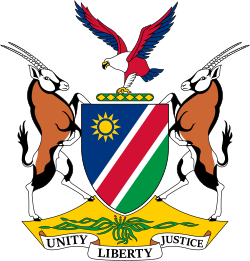 |
|---|
Local Authority Council and Regional Council Elections in Namibia were held from 30 November to 3 December 1992. [1] It was the first set of such elections since independence. SWAPO won a majority of seats in both Local Authority Councils and Regional Councils.
Contents
There was some violence during the election, including the killing of a DTA candidate by SWAPO militants. [1]